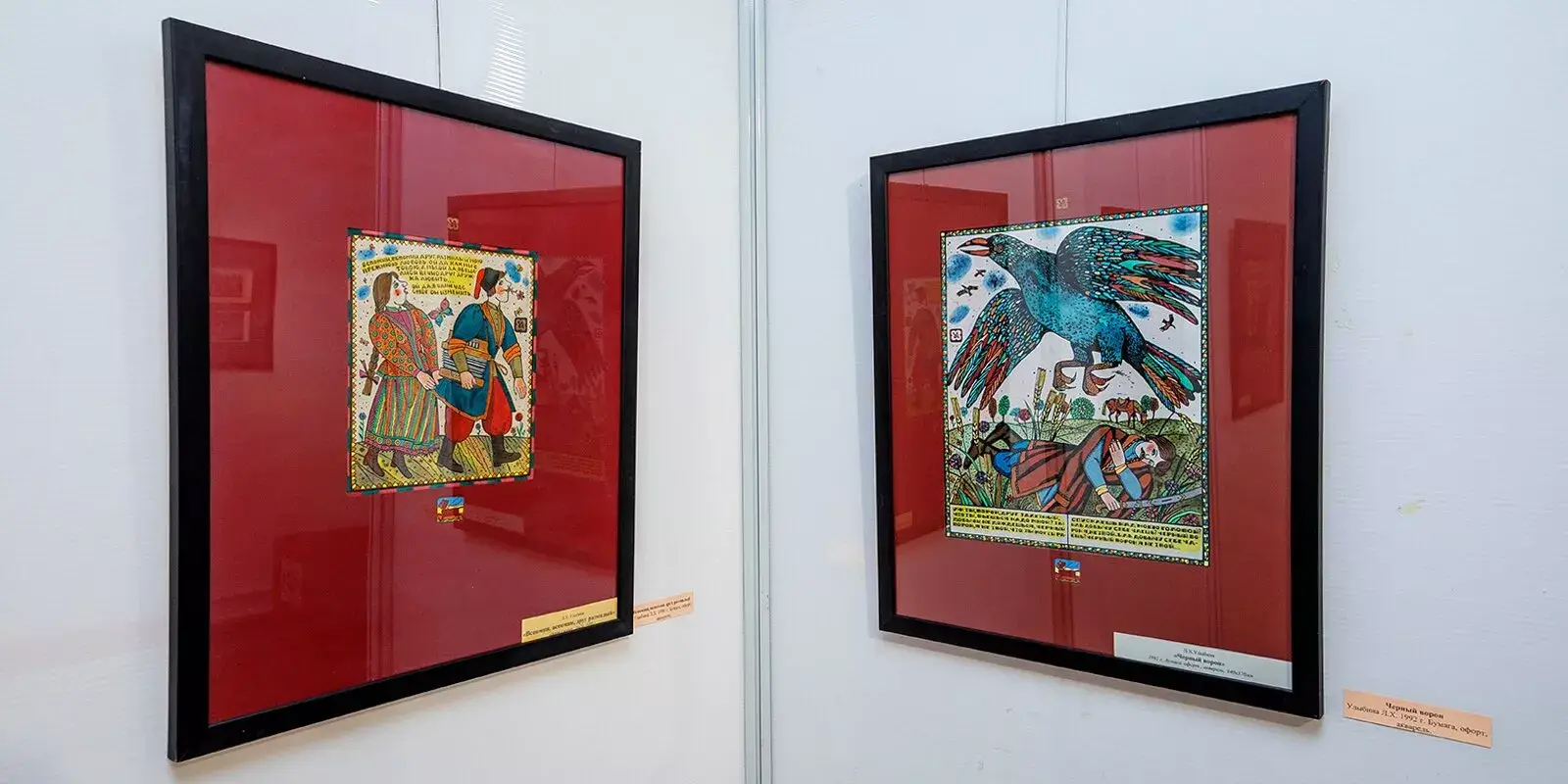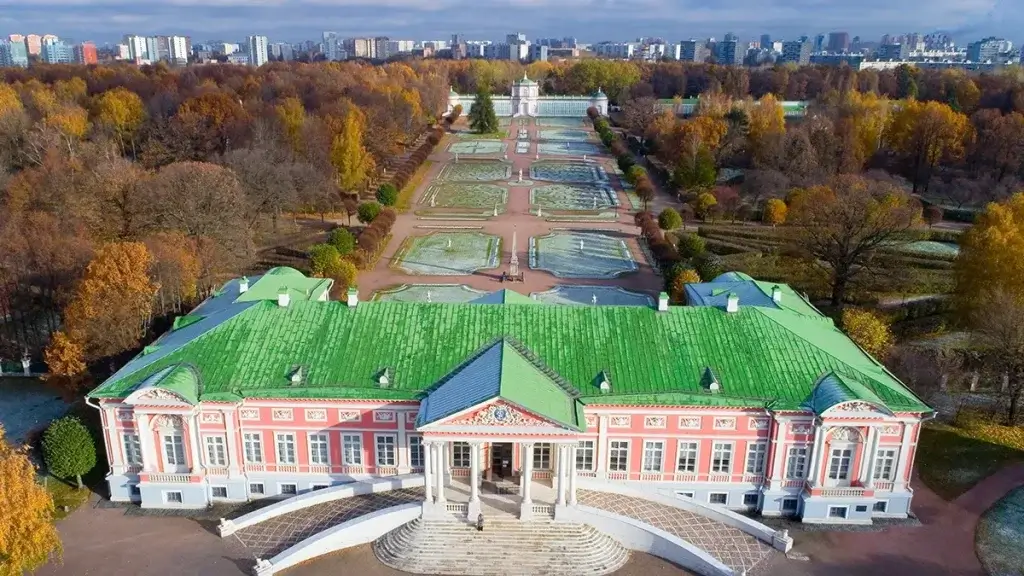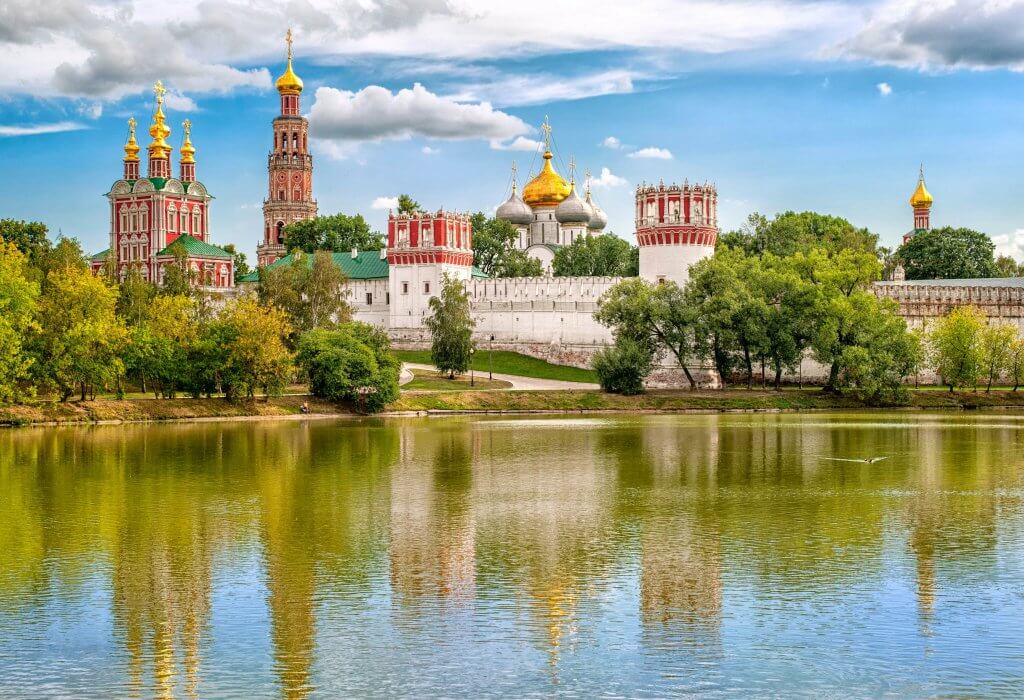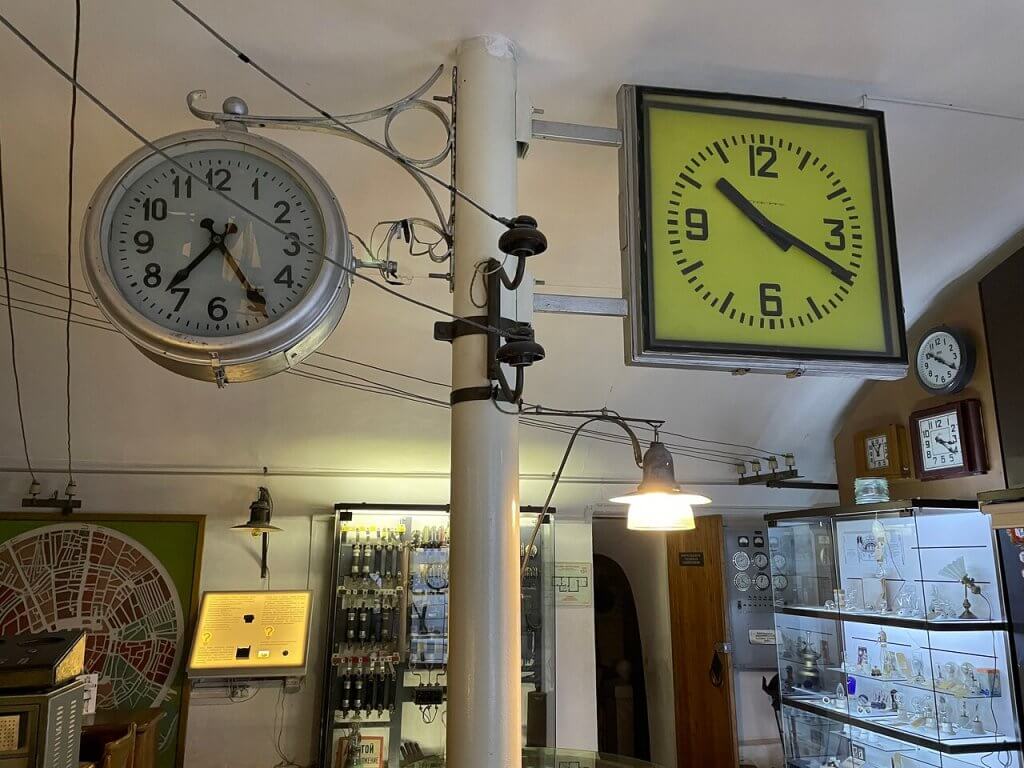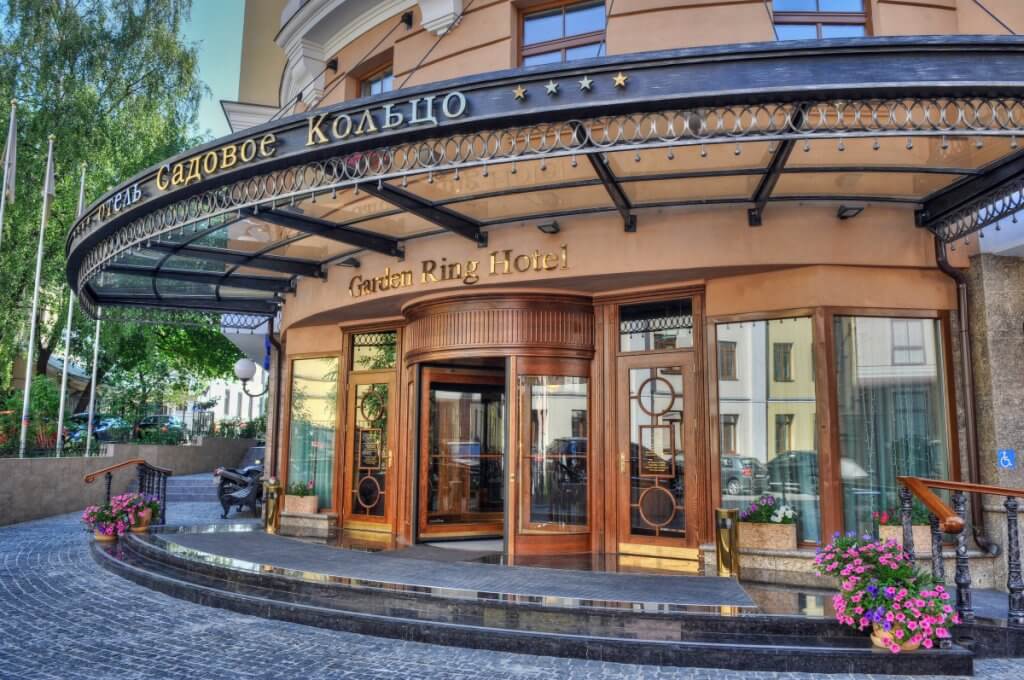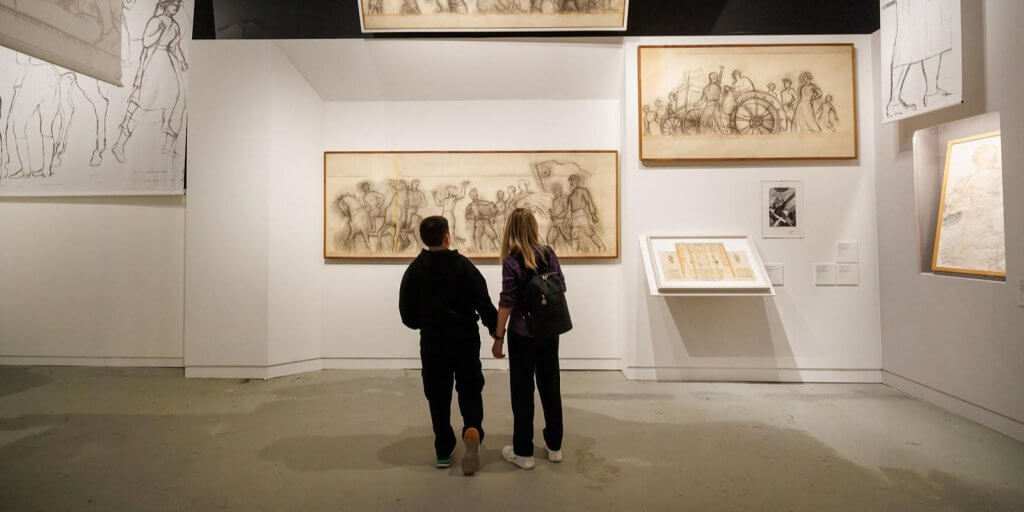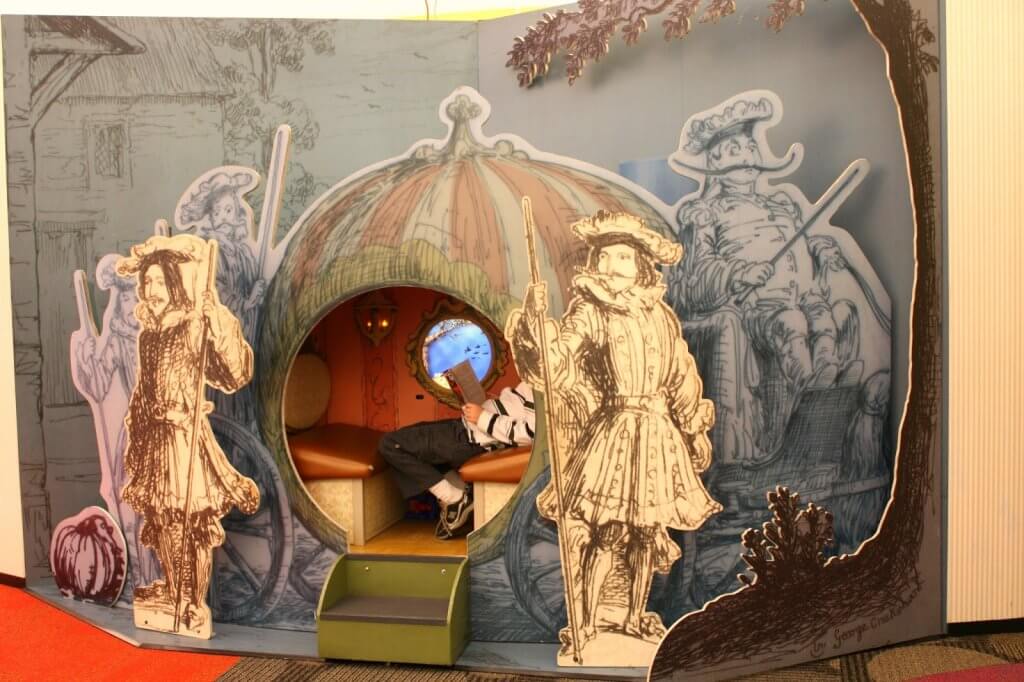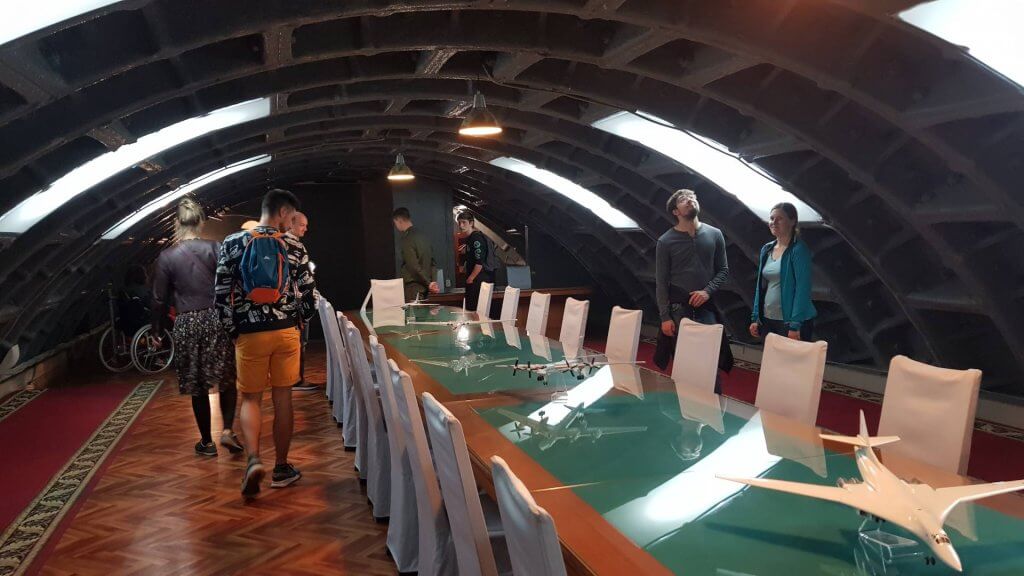A Window into Folk Art
The Russian Lubok Museum Moscow is a vibrant celebration of one of Russia’s most beloved art forms—the lubok print. Located near the historic Arbat Street, this museum features over 1,000 colorful prints that capture the humor, folklore, and creativity of Russian culture. Visitors can explore exhibits that delve into the history, symbolism, and techniques behind these iconic works of art.
Why Visit the Russian Lubok Museum Moscow?
- Cultural Insights : Discover how lubok prints reflected Russian life, beliefs, and traditions.
- Artistic Craftsmanship : Admire the intricate details and bold colors of these handcrafted works.
- Interactive Fun : Try your hand at creating your own lubok-inspired artwork.
Key Exhibits to Explore
- Folklore and Fantasy :
- Displays on lubok prints depicting scenes from Russian fairy tales and legends.
- Stories of how these prints entertained and educated rural communities.
- Satire and Social Commentary :
- Exhibits on how lubok artists used humor and irony to critique society and politics.
- Rare examples of prints addressing historical events like wars and revolutions.
- Religious Themes :
- Displays on lubok prints illustrating biblical stories and saints’ lives.
- Stories of how these prints brought religious teachings to everyday households.
- Techniques and Tools :
- Exhibits on woodblock printing and hand-painting methods used to create luboks.
- Interactive stations explaining the symbolism behind colors, motifs, and compositions.
Hidden Gems You Might Miss
- The Secret Archive : Rare sketches and notes from lubok artists experimenting with new styles.
- Sounds of the Workshop : Audio installations recreate the rhythmic tapping of woodblock carving.
- DIY Workshop : Create your own lubok print or paint a traditional motif.
Practical Information
- Location : Near Arbat Street (close to [Museum of Caricature]).
- Hours : 10:00 AM–7:00 PM (closed Mondays).
- Tickets :
- Adults: 300 RUB
- Kids: 150 RUB
- Free for families visiting the [Museum of Bread] on the same day.
How to Maximize Your Experience
- Combine with nearby attractions:
- [Museum of Caricature] for insights into another form of satirical art.
- [Arbat Street] for shopping and street performances after your visit.
- Attend workshops: Learn about lubok printing, folk art techniques, or Russian folklore.
The Role of Lubok Prints in Russian Culture
- Historical Context :
- Lubok prints were an affordable art form that brought storytelling and education to rural communities.
- Artists often blended humor, satire, and moral lessons in their work.
- Modern Relevance :
- Contemporary artists continue to draw inspiration from lubok prints.
- These works are celebrated as symbols of Russian creativity and resilience.
Visitor Reviews
- The exhibit on satirical luboks was hilarious but also thought-provoking—it made me reflect on history — Ivan, historian
- My kids loved painting their own lubok prints in the workshop. Such a fun and educational experience — Maria, parent
Future Plans for the Museum
- Expansion in 2025 : New exhibits focusing on global folk art traditions and their connections to Russia.
- Collaborations : Joint projects with the [Museum of Folk Graphics] on the intersection of lubok and other art forms.
Conclusion
The Russian Lubok Museum Moscow is more than just a collection of prints—it’s a celebration of creativity, tradition, and storytelling. From folklore to satire, these vibrant works highlight the enduring appeal of lubok as both entertainment and commentary.
- Why It Stands Out :
- The museum combines history, education, and hands-on experiences in one place.
- Interactive exhibits make it engaging for all ages.
- Cultural Relevance :
- Highlights universal themes like creativity, humor, and human connection.
- Inspires appreciation for the artists who preserved Russian culture through their work.
- Why Return :
- Rotating exhibits feature new styles and interpretations of lubok art.
- Seasonal events, like folk art festivals, add variety.
Pair your visit with the [Museum of Caricature] for a deeper dive into satire and storytelling.

